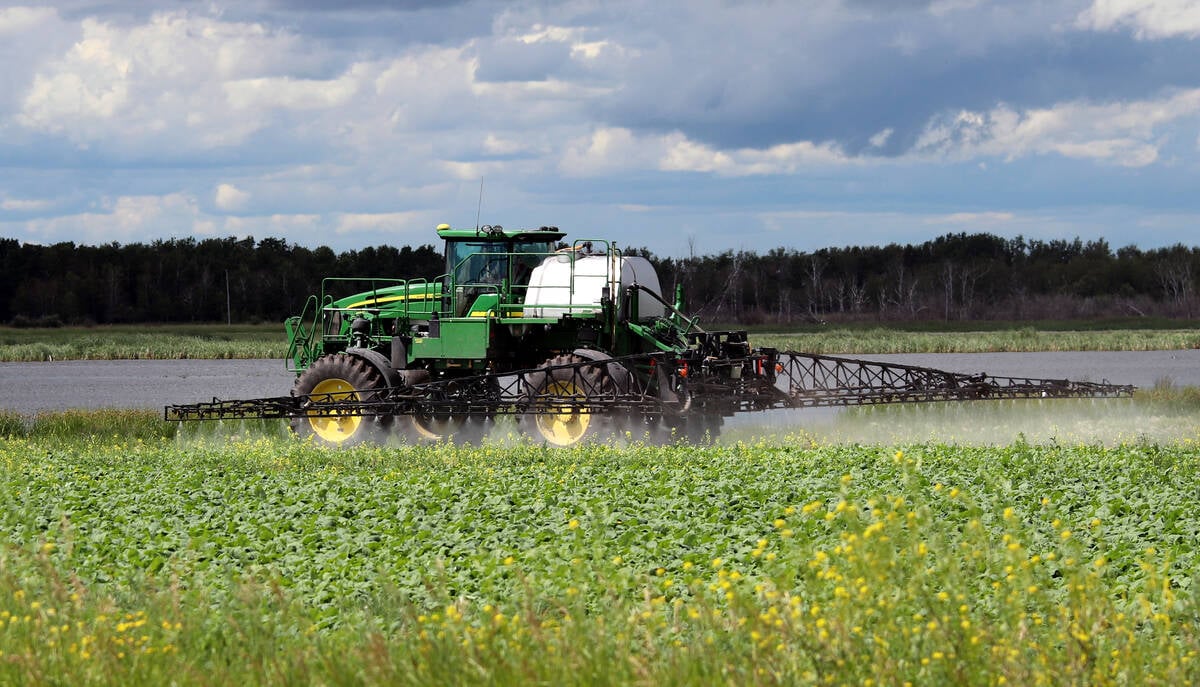$2 less than soybean oil | ‘It has been trading in its own little cloud of misery,’ says analyst
Canola has considerable upside price potential based on the gap between it and other oilseeds and oilseed products, says an analyst.
“There is such a compelling argument for a substantially higher valuation of canola,” said Harold Davis, author of Prairie Crop Charts.
Canola’s underperformance against other oilseeds and oilseed products started last fall.
“If you actually look at where MATIF (European) rapeseed is in Canadian dollars, it suggests that there is stupefying upside potential for canola,” said Davis.
He prepared a chart last week showing that nearby European rapeseed futures were $14.50 per bushel compared to nearby canola futures, which were $10.23 per bu. as of April 22.
Read Also

Protect your grain quality before you harvest
Information on how Canadian farmers can avoid penalties and market headaches by following labels and talking to their grain buyers.
Canola was also trading at more than a $2 discount to U.S. soybean oil last week. Canola prices usually closely track soybean oil prices, except for rare occasions when the crop breaks that pattern and follows soybean prices instead.
“It hasn’t been trading like either the oil or the beans,” said Davis.
“It has been trading in its own little cloud of misery.”
The cloud formed when growers harvested a record-shattering 18 million tonnes last year and the grain handling system had trouble moving it over the winter months.
Davis expects canola futures prices will return to their normal relationships vis-à-vis other oilseeds and oilseed products as the logistical backlog is slowly resolved.
“As we move back towards a free functioning transportation system, arbitrage will force those price relationships back into line,” he said.
However, growers’ eagerness to clear bin space and generate cash flow may postpone the realignment.
“It won’t snap back to normal. It will crawl back to normal,” he said.
Davis anticipates that the gaps will be closed by canola prices climbing rather than European rapeseed and U.S. soybean oil prices tumbling.
He believes the multi-year bull run for soybeans will remain intact. Palm oil has also been climbing out of a price bottom in recent months.
“On balance, the background environment for oilseed pricing is going to remain positive,” said Davis.
“Rather than all of those other oilseeds coming down to us, I think we will be coming up towards them.”
AgResource Co. president Dan Basse expects the opposite to happen. He said the United States has been an “island of supply tightness” in a world awash with record oilseed stocks.
The soybean oil market has been rallying in recent months because the market is convinced the U.S. government will reinstate a $1 per gallon biodiesel blender’s tax credit that expired Dec. 31.
“That has helped underpin the soybean oil market,” said Basse.
The tightness in old crop soybean supplies has convinced analysts that the crush rate will fall in the second half of the crop year, resulting in less soybean oil on the market.
“That is the main reason why bean oil is trading at a premium to canola,” he said.
However, Basse believes the soybean market will eventually be influenced by the global glut of oilseed supplies.
“I don’t think these relationships of soy staying at such a premium to canola will last much longer,” he said.
Basse thinks soybean oil prices will head down toward canola prices once the market has a handle on the availability of new crop soybeans.


















